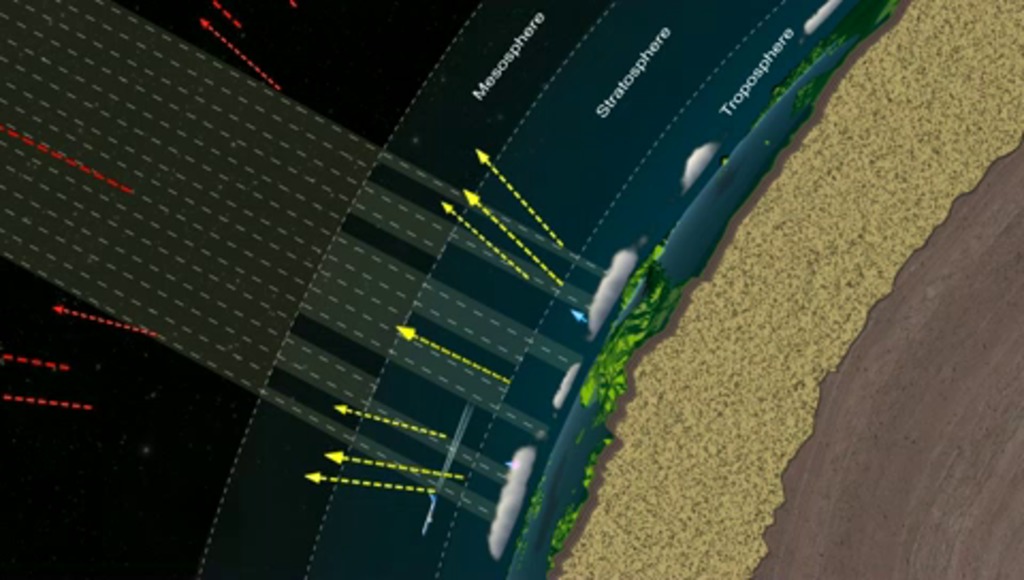TSIS: Total and Spectral Solar Irradiance Sensor
In terms of climate change research, scientists need to understand the balance between energy coming in from the Sun and energy radiating out from Earth, as modulated by Earth's surface and atmosphere. That's why NASA is launching TSIS, the Total and Spectral Solar Irradiance Sensor. Find out more in this short narrated video.
The composition of that light that falls on Earth matters to understanding Earth's energy budget. That's the reason NASA has a new instrument designed to study this question. It's called TSIS --the Total and Spectral Solar Irradiance Sensor. Find out more in this short narrated video.
Wide shot of TSIS on the ISS
TSIS on board the ISS
TSIS tracking the Sun
Turntable of the TSIS payload
Irradiance Data Animation
For More Information
Credits
Please give credit for this item to:
NASA's Goddard Space Flight Center
Music Courtesy:
Killer Tracks
-
Animators
- Walt Feimer (KBR Wyle Services, LLC)
- Lisa Poje (USRA)
-
Producer
- Michael Starobin (KBR Wyle Services, LLC)
-
Narrator
- Michael Starobin (KBR Wyle Services, LLC)
-
Writer
- Michael Starobin (KBR Wyle Services, LLC)
Release date
This page was originally published on Monday, November 27, 2017.
This page was last updated on Wednesday, May 3, 2023 at 1:47 PM EDT.

